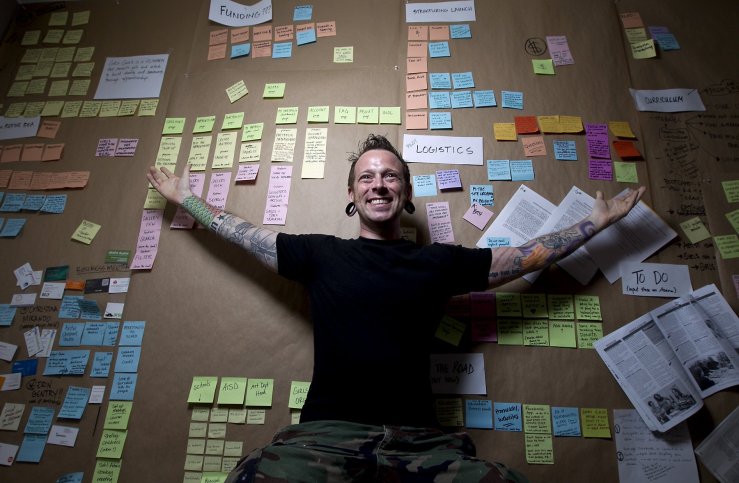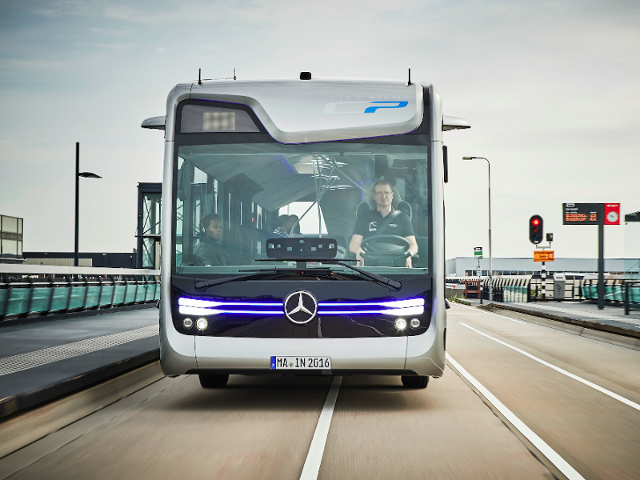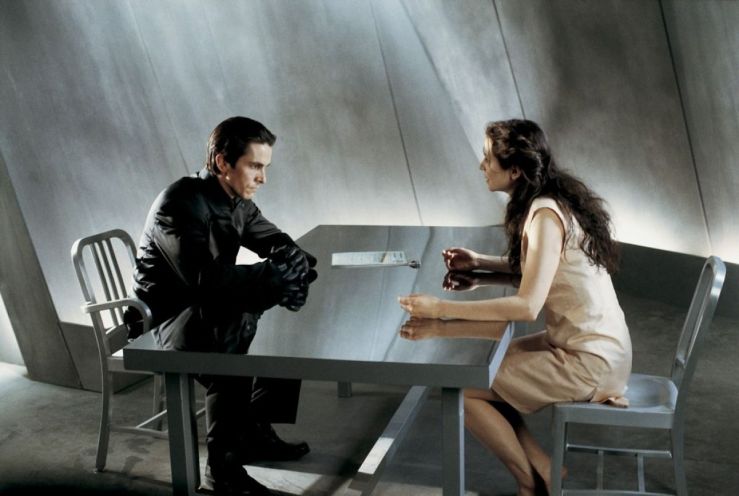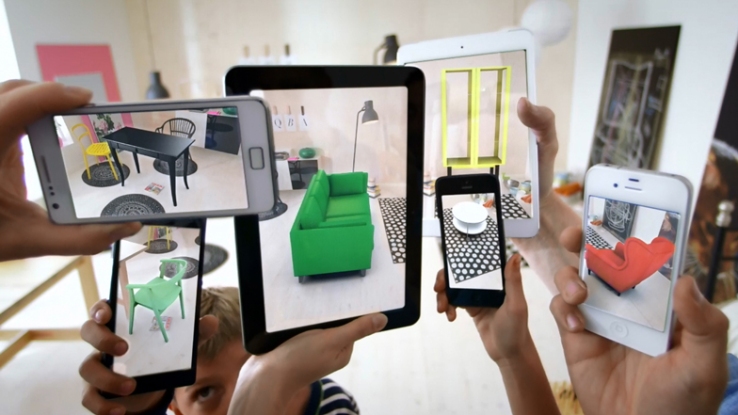Tere’s a shift under way in large organizations, one that puts design much closer to the center of the enterprise. But the shift isn’t about aesthetics. It’s about applying the principles of design to the way people work.
This new approach is in large part a response to the increasing complexity of modern technology and modern business. That complexity takes many forms. Sometimes software is at the center of a product and needs to be integrated with hardware (itself a complex task) and made intuitive and simple from the user’s point of view (another difficult challenge). Sometimes the problem being tackled is itself multi-faceted: Think about how much tougher it is to reinvent a health care delivery system than to design a shoe. And sometimes the business environment is so volatile that a company must experiment with multiple paths in order to survive.

Mercedes-Benz just passed a major milestone in autonomous public transportation.
The company’s semi-autonomous bus, called the Future Bus, drove a little more than 12 miles from Amsterdam’s Schiphol airport to Haarlem, a city just outside Amsterdam. The bus’s journey was especially impressive because the route included traffic lights, tunnels, and required the bus to navigate around people.

Stories about worlds where emotions have been banned have been around for nearly a century, and they keep finding new forms, from the classic satire of Aldous Huxley’s Brave New World to Lois Lowry’s child-sized version of the trope in The Giver to the slick gun-fu action movie Equilibrium. Why are we still afraid of our emotions dying, when our emotions keep flaring? Why do speculative writers keep returning to these concerns about an emotionless future?

Augmented reality is not a new technology, but widespread consumer use has not been seen, at least not until Pokemon GO. As the Pokemon phenomena has demonstrated, AR has a lot of potential. Besides gaming, Google’s Tango and Microsoft’s HoloLens are other technologies at the forefront of AR. So what is AR? How does it work? And how can you write AR apps? Let’s find out.
